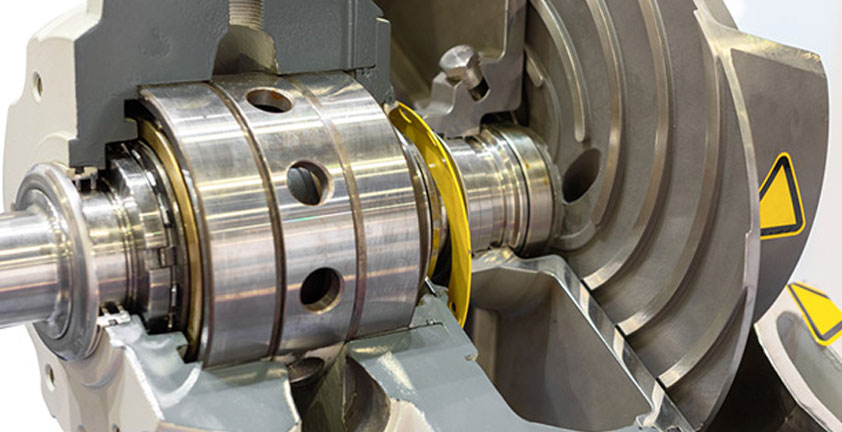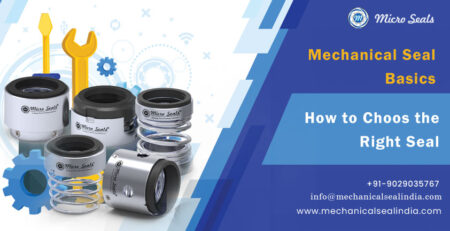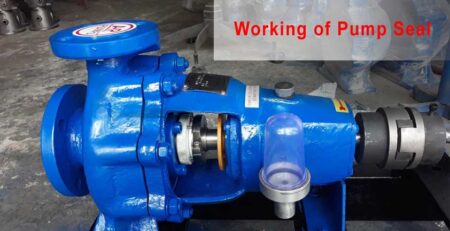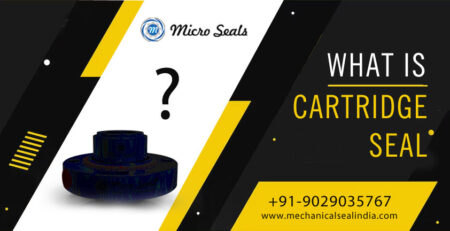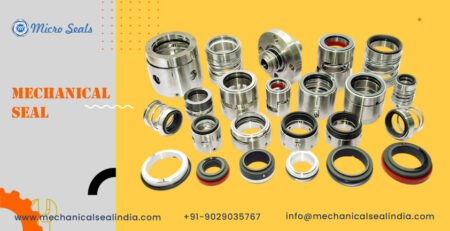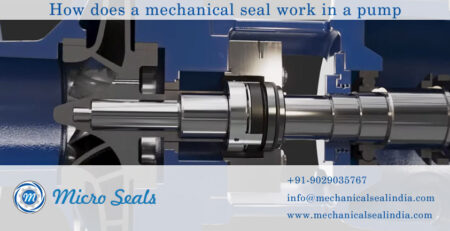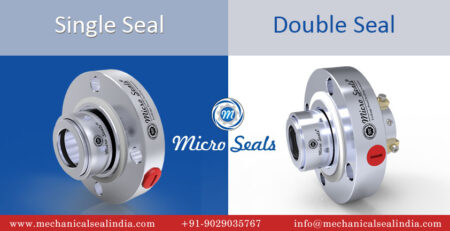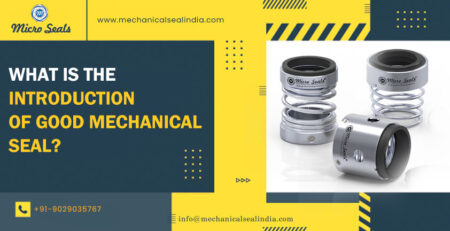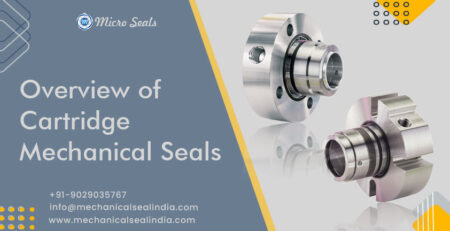The rare cause of pump downtime is a mechanical seal failure. To abstain from this, it’s important to apply the right seal for the desired, and suitable, function. Here we explained the types and reasons of failure of mechanical seals.
There are two types of mechanical seals
- Pusher seals
- Bellow Seals
Mechanical seals following types on application basis
- pump seals
- agitator seals
- compressor seals and many other
Every mechanical seals have two mating surface the Stationary and Moving Surface that actually seals the fluid. These two surface are called Primary Seals. By a long term operation wear occurs and the seals start leaking.
The next is Secondary Seals
secondary seals are O-rings and other shaft seals
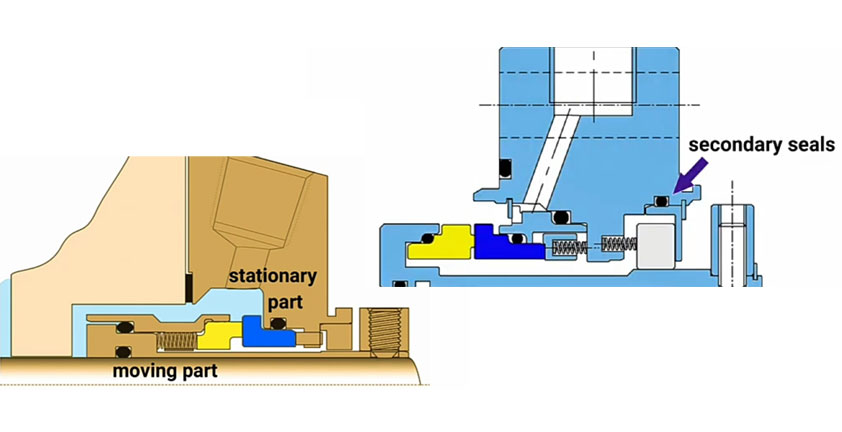
The main problem of mechanical seals failure are
- Mis Installation
- seal faces opening
- improper seal selection
- poor design
- envirmental controls
The Miss Installation occurs incorrect of dimensions, looseness and tightness, incorrect measurement and secondary seal damage etc.
The pressurise and overloaded seals can leads to thermally distress surface of the mating pair.
Secondary seals are O-ring and other types of radial seals if improperly handled, will cause leakage.
Seal faces opening (out of square mating) reason is misalignment
If there is miss alignment the gap will leads to
- Coning of seal faces
- Mechanical distortion
- High wear and grooving solid particle can get in between the two mating surfaces through the open areas. Face causing high wear and grooves.
Seal faces must be flat for good sealing
Improper seals selection
Improper seals fails in short period of operation
Seals must be selected according to
– processing fluid
– Pressure
– Temperature
– Speed
Environmental controls
The running conditions can cause seal failure e.g.
– Dry running
– Improper cooling system
– Low pressure

